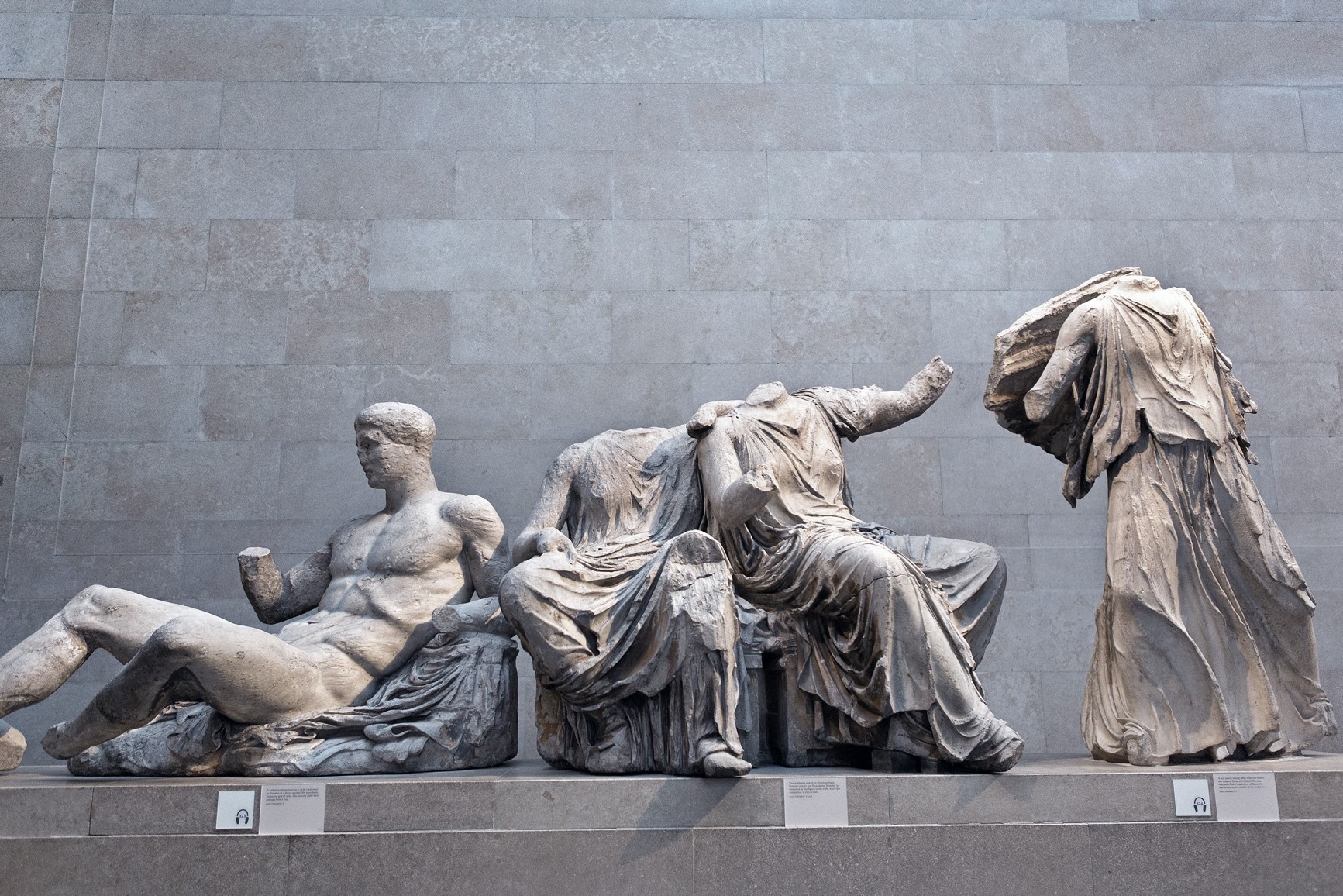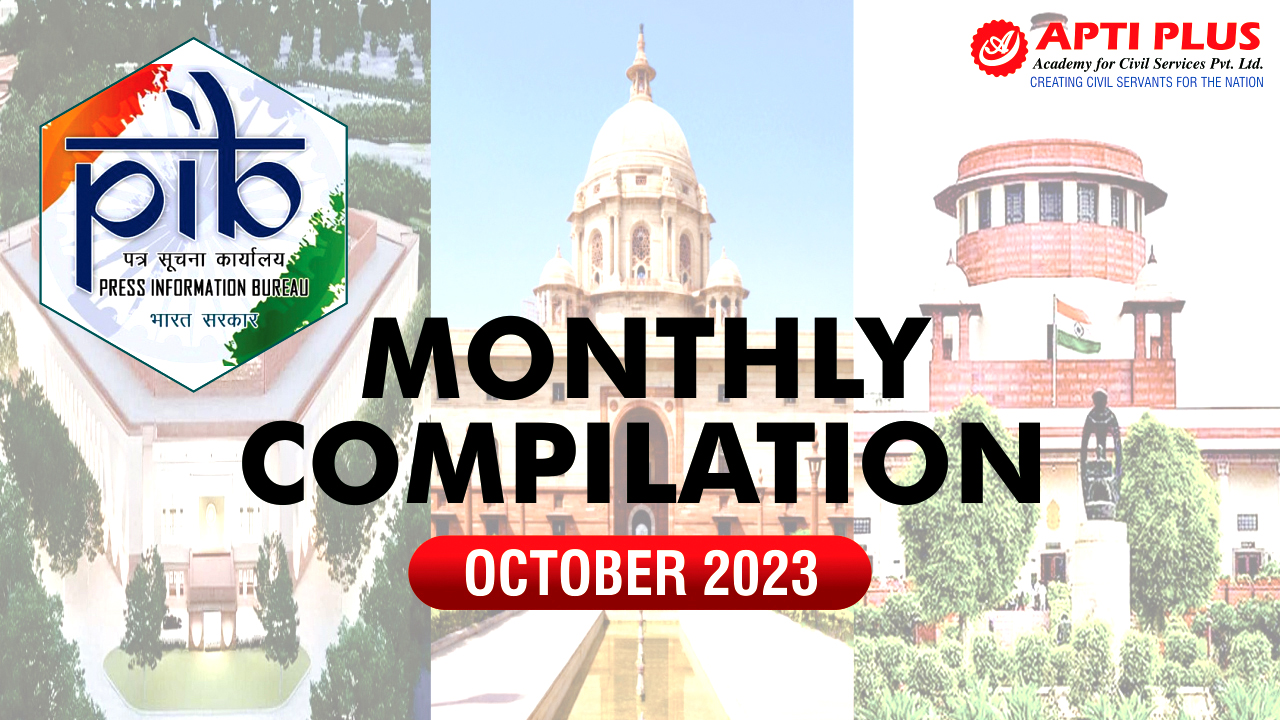Description

Disclaimer: Copyright infringement not intended.
Context
A diplomatic row sparked between Greece and the UK after British Prime Minister Rishi Sunak cancelled a meeting with his Greek counterpart Kyriakos Mitsotakis over the status of the Parthenon Sculptures housed at the British Museum.
Details
- The Parthenon Sculptures, also known as the Elgin Marbles, are a collection of ancient marble sculptures and architectural elements that were originally part of the Parthenon temple on the Acropolis in Athens, Greece.
Historical Context
- Parthenon Construction: The Parthenon, a magnificent temple dedicated to the goddess Athena, was built in the 5th century BC during Athens' Golden Age under the direction of the sculptor Phidias.
- Sculptural Decoration: The Parthenon was adorned with exquisite sculptural friezes, metopes, and pedimental sculptures depicting mythological narratives, religious ceremonies, and heroic figures.
Acquisition and Controversy
- Lord Elgin's Role: In the early 19th century, Thomas Bruce, the 7th Earl of Elgin and then-British ambassador to the Ottoman Empire, acquired the sculptures from the Parthenon, allegedly with permission from the Ottoman authorities who controlled Athens at that time.
- Removal and Transport: Lord Elgin's team removed a significant portion of the sculptures, including metopes, friezes, and statues, and transported them to Britain.
.jpg)
Display and Ownership
- British Museum Acquisition: The Parthenon Sculptures were acquired by the British government in 1816 and subsequently housed in the British Museum in London, where they remain on display to this day.
- Ownership Dispute: Greece has persistently demanded the return of the sculptures since gaining independence in the 19th century. Athens considers the removal of the marbles as an act of cultural theft.
Significance and Cultural Impact
- Artistic and Historical Importance: The Parthenon Sculptures are renowned for their exceptional artistic quality, depicting ancient Greek mythology and history. They are considered a symbol of classical art and civilization.
- Global Debate: The ownership dispute between Greece and the UK over the sculptures has sparked worldwide debate regarding the repatriation of cultural artifacts and the ethical considerations of retaining heritage objects in foreign museums.
Legal and Ethical Perspectives
- Ownership Claims: Greece argues that the sculptures were removed without proper authorization and under conditions of occupation, thus advocating for their return to their place of origin.
- British Museum's Position: The British Museum maintains that Lord Elgin legally acquired the sculptures and that their display in London contributes to global cultural heritage and allows wider access to the artworks.
- Diplomatic Negotiations: Over the years, discussions and negotiations between Greece and the UK have continued, with Greece persistently seeking the permanent return of the Parthenon Sculptures to Athens.
- Cultural Restitution Movements: The debate surrounding the Parthenon Sculptures has fueled broader conversations about the repatriation of cultural artifacts to their countries of origin, influencing international laws and museum ethics.

Conclusion
The Parthenon Sculptures represent a cultural legacy that embodies both artistic excellence and a contentious history of removal and ownership. The ongoing debate raises questions about cultural heritage preservation, legal ownership, and the ethical responsibility of museums to protect and restore cultural artifacts to their places of origin.
|
PRACTICE QUESTION
Q. Consider the following statements regarding the Parthenon Sculptures, also known as the Elgin Marbles:
- The Parthenon Sculptures are ancient stone artworks that adorned the Parthenon, a temple dedicated to the goddess Athena, situated in ancient Rome.
- Thomas Bruce, the 7th Earl of Elgin and British ambassador to the Ottoman Empire, was responsible for acquiring and transporting the sculptures to Britain.
- The Parthenon Sculptures are currently housed and displayed in the Louvre Museum in Paris, France.
Which of the statements above is/are correct?
A) Only 1 and 2
B) Only 2
C) Only 2 and 3
D) Only 1 and 3
Answer:
A)
|















